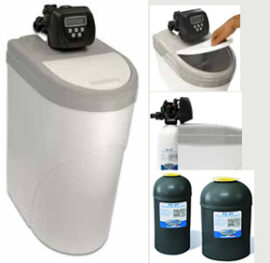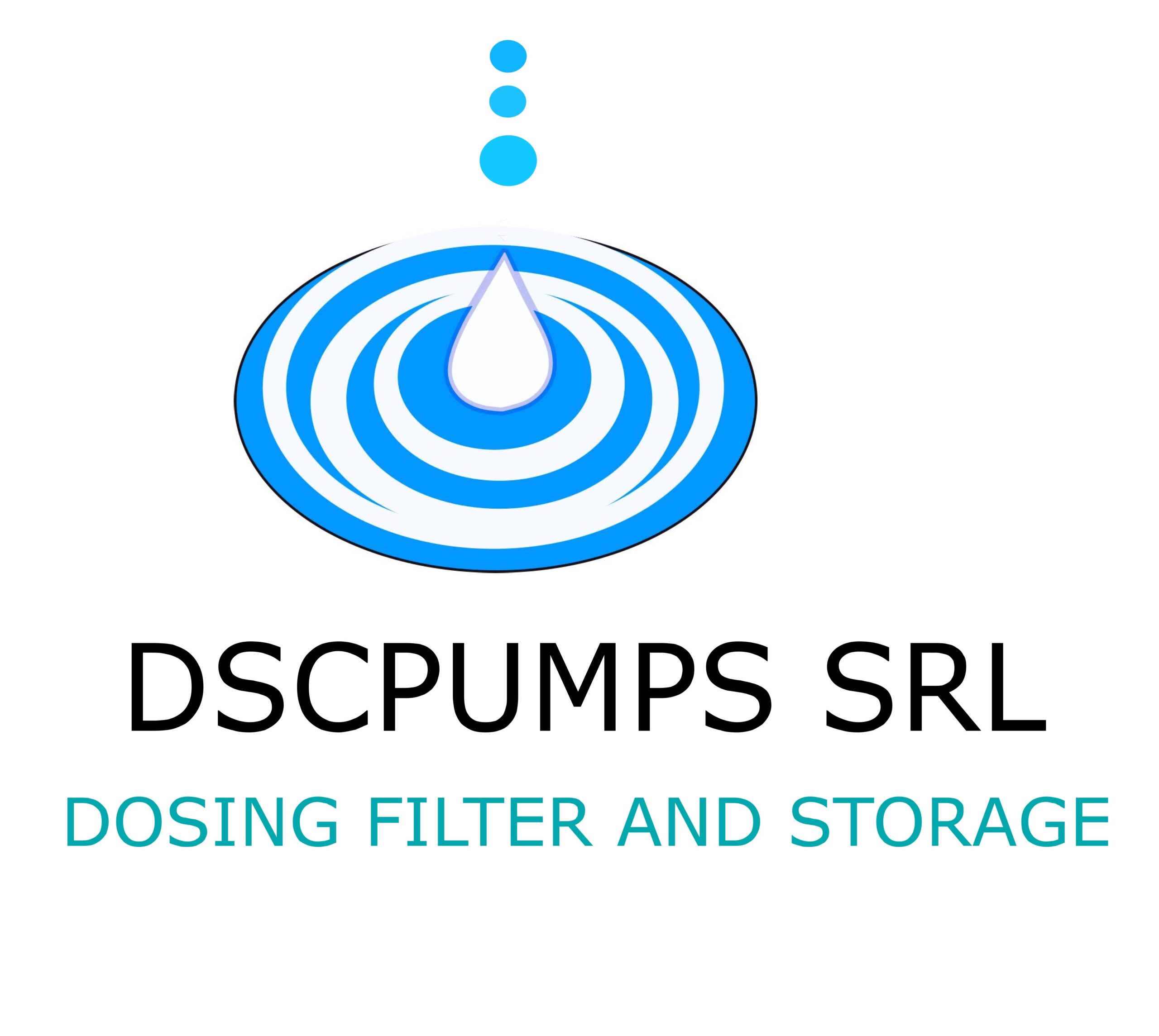
Softening Systems
the physical process of reducing calcium carbonates obtained by crossing ion exchange resins is commonly referred to as “softening” as the final result is precisely that of reducing the “hardness” of the water.
The advantages are immediate: the various appliances such as boilers, dishwashers, washing machines, etc. they are protected against limescale deposits, thus reducing maintenance and operating costs and lowering the consumption of detergents, soaps and softeners. Also, the heat exchange
equipment is better, all of which allows for considerable energy savings.
Finally, the “softened” water, in addition to avoiding unsightly encrustations on the bathroom fixtures, preserves the softness and shine properties of both the skin and the garments.
The ion exchange process causes the progressive saturation of the resins, by retaining the calcium and magnesium salts, the resins become progressively saturated and gradually lose their ability to soften, but when saturation is reached it is not necessary to change them.
An important advantage of softening systems is in fact the possibility of regenerating the resins.
Regeneration takes place through treatment with water loaded with Sodium Chloride (the common kitchen salt). The salt is dissolved in water, in a solution called Brine and is stored in a storage tank located near the softener (Cabinet or Salt Tank).
Passing through the resins, the brine replenishes their exchange capacity, recharging them with sodium ions and at the same time eliminating the hardness retained (calcium and magnesium ions) during the “softening” phase.
The regeneration process takes place completely automatically and the supply of water is always guaranteed since the softener automatically switches to BY-PASS during the regeneration phase of the resins.
